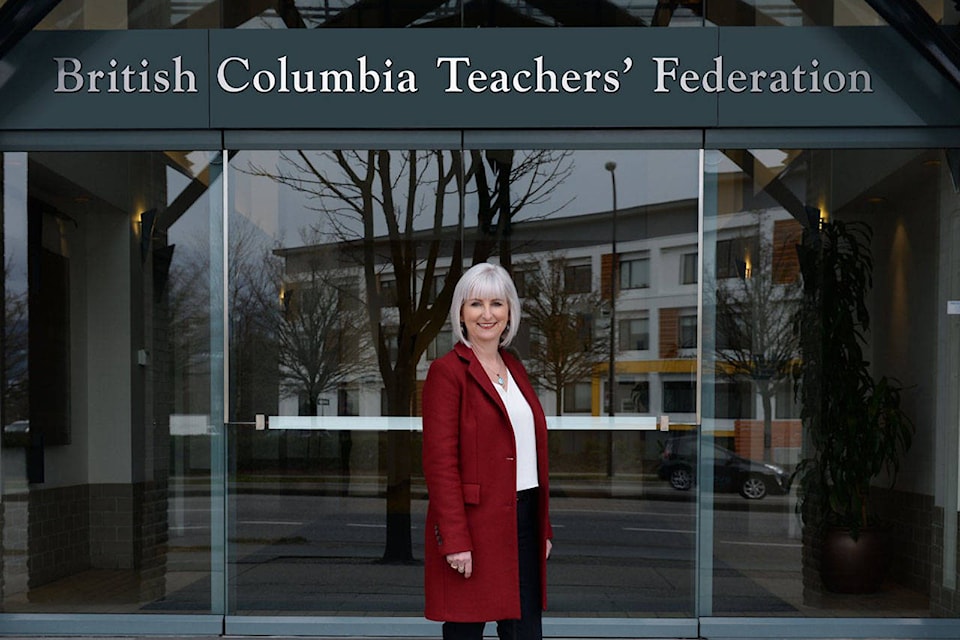When B.C. closed schools in March, there were just over 100 active cases of COVID-19.
As plans move forward for a September return to classrooms, the province is tracking more than double the active cases.
The BC Teachers’ Federation (BCTF) president Teri Mooring is confident school will only return if it is safe, and expressed faith in provincial health officer Dr. Bonnie Henry.
“Will it be perfect? Absolutely not, and certainly not ideal - none of this has been ideal,” Mooring said. “We just have to be prepared for any eventuality, and I take heart in that.”
Mooring spent two decades teaching in Quesnel, and said preparations are underway for what will be a far from normal school year.
READ MORE: Quesnel’s Teri Mooring new British Columbia Teachers’ Federation president
Students can expect to see socially distanced classes, dedicated entrances and exits, and a lot more absences due to illness from both teachers and peers.
“Teachers regularly go to school sick,” Mooring said. “In part because it’s labour intensive to plan, but in places like Quesnel, you’re also short of teachers on-call… It’s going to be very challenging for schools to have enough replacement teachers.”
Mooring added there was already a shortage of on-call teachers, some of whom are retired teachers in a high-risk age group for COVID-19.
While teachers are set to return to school on Sept. 8, students won’t be in classes until two days later, to allow teachers to train and prepare for teaching in a pandemic.
“It’s important that the school teams get together for those first two days, and receive the health and safety training and orientation,” Mooring said. “We’re in a pandemic, so a lot of things are going to be different in schools.”
The plan is for schools to accommodate 100 per cent of students this fall, for the first time since March.
Mooring said orientation will be key to get students on-board with what learning will look like in the 2020/2021 school year.
After teachers receive their training, students will receive their own instruction on what the new rules for schools will be.
“This isn’t going to be foreign to students, but it is going to be very new for them to be in an environment with their peers and have all these additional rules in place,” Mooring said. “It needs to be unambiguous, so that it’s easier to enforce.”
Mooring said the BCTF is calling for a reduction in classroom density so all students can physically distance.
“In Quesnel, I know this is the case, that in grade 4 - grade 12, the maximum class size is 30, and a lot of those classes are at 30,” she said. “It’s not possible to physically distance in a classroom of 30 with a teacher, education assistant, and learning support. You can’t space out desks as you need to.”
READ MORE: B.C. teachers’ union: June’s hybrid learning ‘not sustainable’, new plan needed for fall
As cases continue to spike across the province, Mooring speculated classes may not return in full on Sept. 10. She said teachers will be more prepared to move into a ‘blended learning,’ or ‘hybrid’ model, where some students learn from home, and others learn in classrooms.
“Students are quite resilient, and teachers are used to teaching students in a way that we identify gaps and support students in filling them,” she said. “This concept that any learning is completely lost, never to be regained is faulty. That’s not how learning works.”
Do you have something to add to this story, or something else we should report on? Email: cassidy.dankochik@quesnelobserver.com
@GimliJetsMan
cassidy.dankochik@quesnelobserver.com
Like us on Facebook and follow us on Twitter.
